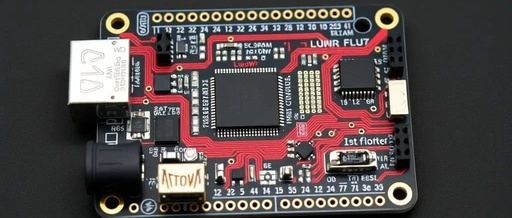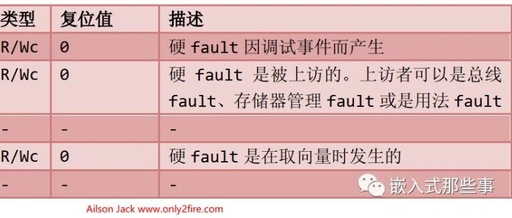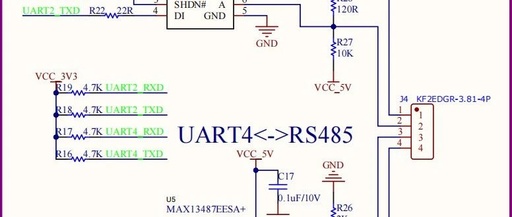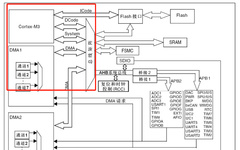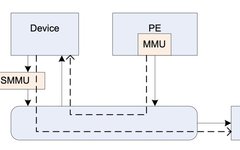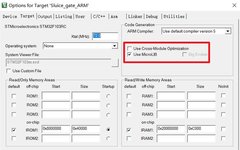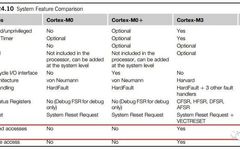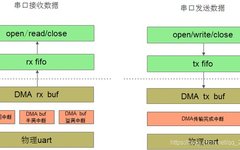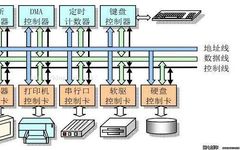LwOW: A Lightweight OneWire Protocol Library Designed for Embedded Systems, Supporting UART and GPIO Communication
In embedded system development, efficient and reliable communication with peripherals is crucial. The OneWire protocol, with its simple single-wire interface and cost-effectiveness, is widely used for connecting devices such as temperature sensors and iButtons. However, traditional OneWire libraries are often too bulky and resource-intensive. Today, we will delve into a lightweight, high-performance OneWire protocol library—LwOW, … Read more
